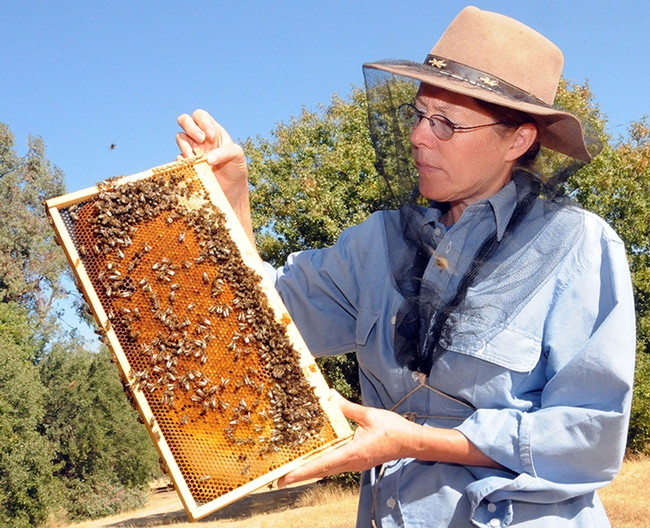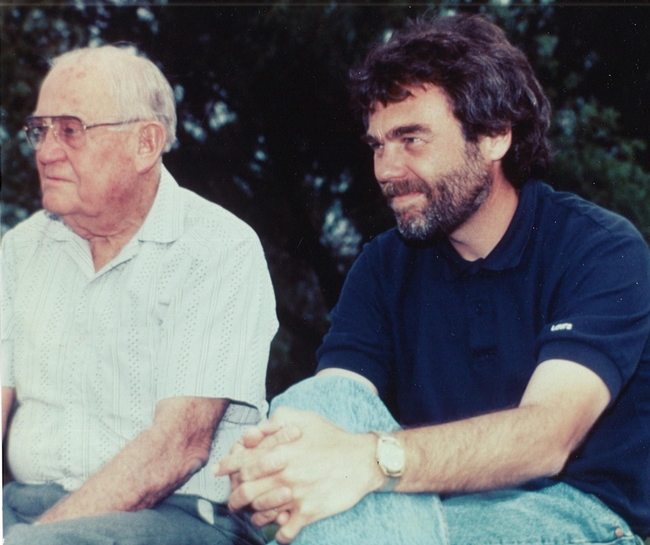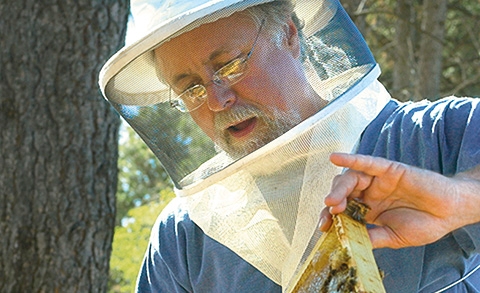
It's the work of Washington State University's Honey Bee Research Program, College of Agricultural, Human and Natural Resource Sciences (WSU CAHNRS), and accessible free online on Vimeo at https://vimeo.com/380776410.
The 28-minute video, two years in the making, is aimed at helping beekeepers improve their stock and overcome some of the obstacles they may face in their breeding efforts.
The UC Davis connection is strong. The video chronicles the work of "the father of honey bee genetics," Harry H. Laidlaw Jr., of the University of California, Davis, for whom the Harry H. Laidlaw Jr. Honey Bee Research Facility on Bee Biology Road, UC Davis, is named. The husband-wife scientific team, Susan Cobey and Timothy Lawrence, both formerly of UC Davis and now of WSU, are executive producers and are featured in the video, as is noted bee scientist Steve Sheppard, director of the WSU Center for Reproductive Biology and former chair of the WSU Department of Entomology. The trio, also the authors, describe the Page-Laidlaw Population Breeding Program, one of the most successful bee breeding program and named for Laidlaw and Robert E. Page Jr., now a distinguished emeritus professor at UC Davis and emeritus provost, Arizona State University.
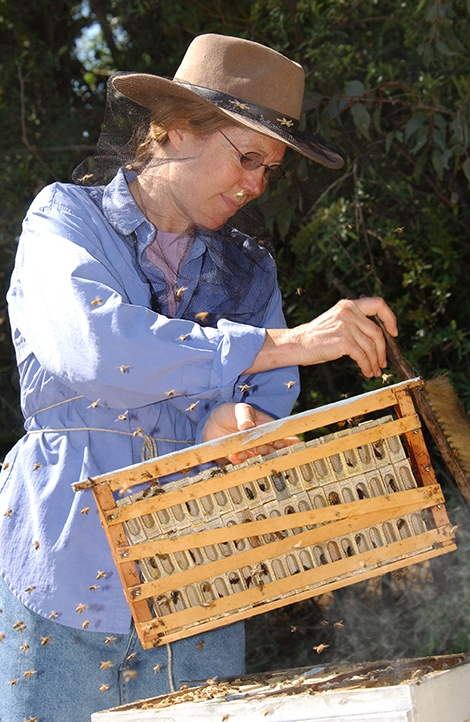
The video is "a guideline, that bees respond to selection but they need to be aware of some of the pitfalls that can hamper progress," said Lawrence, county director of WSU Extension for Island County. He's been working with bees since 1963 and landed his first commercial beekeeping job in 1969.
Sheppard says in the introductory remarks: "Honey bees are fascinating animals to work with and essential to pollination of our food supply. Currently faced with many challenges, one of our most important tools for long-term sustainability and improved honey bee health is a program of selection for stock that is hearty, productive, winters well, and has a reduced susceptibility to pests and pathogens."
Sheppard, Cobey and Lawrence know their bees. Between them, their bee experience encompasses some 150 years. Cobey, a bee breeder-geneticist who began working with bees in 1976, studied with Laidlaw, and later managed the Laidlaw facility. She is recognized as a global expert on instrumental insemination. Sheppard, who specializes in genetics and evolution of honey bees, and insect introductions and mechanisms of genetic differentiation, began working with bees while a graduate student at the University of Georgia.
In the video, Sheppard points out that "beekeepers recognize the need for more rigorous programs to select, improve and maintain their breeding stocks. The varroa mite and the movement of Africanized honey bees adds to this urgency. The principles discussed here serve as a guide to develop and establish a successful and practical breeding program with a focus on the traits you choose to enhance is your breeding population."
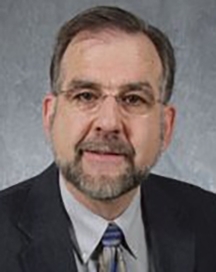
- Maintain a diverse population to provide the basis for selection
- A proficiency in queen and drone rearing
- Establish a selection index of desired traits
- Careful record-keeping
- Control of pests and diseases, and
- A method of controlled mating.
"The honey bee colony is a superorganism and this complicates the selection process," says Cobey, who breeds Carniolan bees. "Keeping your breeding program simple is key. Genetic diversity within the colony as well as within the population increases honey bee fitness. Several mechanisms contribute to this diversity:
- The high mating frequency of the queen.
- Semen storage--after mating only about 10 percent of the semen collected migrates to the spermatheca, although this represents each drone she has mated with."
- The high rate of recombination. a queen can mate with up to 60 drones, though typically mates with 15 to 20 drones. This mating behavior seems risky and inefficient, though is very successful in creating a genetically diverse superorganism, the colony."
"The many subfamilies of worker bees represented by the different drones mated, subfamilies specialize in different traits," Cobey says, "which together contribute to colony fitness."
She relates that "beekeepers and bee researchers have been selecting the honey bee for many years--some of the earliest attempts included attempting to mate bees in a confined enclosure or by hand .discoveries in the queens anatomy and physiology led to the first break through in controlled mating of honey bees with instrumental insemination.we owe a lot to some of the early pioneers in bee breeding like Laidlaw, (Lloyd) Watson, (Otto) Mackensen, (William) Roberts and many others."
Page-Laidlaw Closed Population Breeding Program
Noting that the Page-Laidlaw Closed Population Breeding Program "is one of the most successful practical breeding systems used, Cobey explains "the system basically is how most beekeepers approach selection--choose the best and propagate from these. The key component is an annual selection program supported with controlled mating and record keeping. Beekeepers rely on natural selection pressure to increase desirable traits in the population. The goal of the closed population breeding program is to increase the selection pressure and the frequency of desirable traits in the breeding population. Given the behavioral complexity of honey bees, this can be a challenging process. To be successful and give the program, longevity, it must be simple and repeatable."
The video drew nearly 1,000 views the first week. The first comment: "Great video! ....where can i buy that bee hat that Susan is wearing? Thanks so much!"
Cobey does have some nice hats!
Attached Images:
